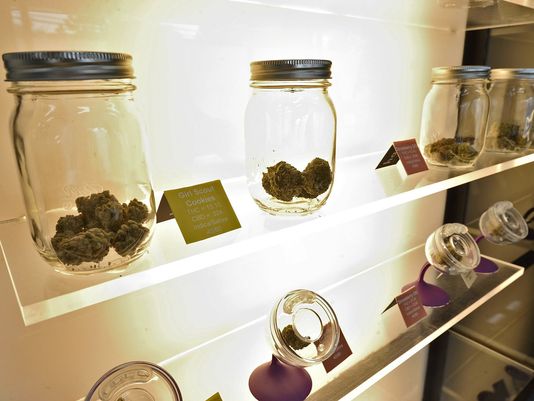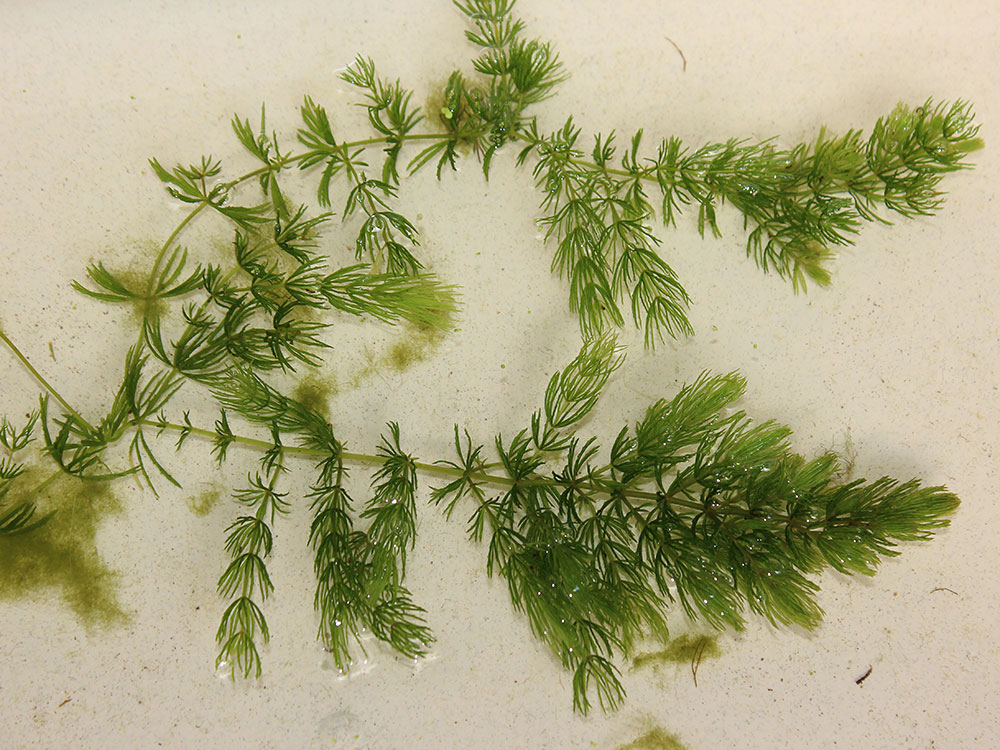TWIN FALLS, Idaho (AP) — A recent inspection of a small stream and stretch of river in Twin Falls found several noxious weeds and invasive species.
Invasive species are classified as animals or plants that are not native to an area. The invasive species outgrow and out-compete native species and dominate an ecosystem because they don’t have a natural predator, The Times-News reported .
“Hopefully the winter will kill anything that’s here,” agriculture program specialist Aaron Ursenbach said. “They adapt quickly though.”
Ursenbach and a team of others surveyed the water last week to inspect what noxious weeds were prevalent.
Idaho has 67 noxious weed species; 16 of these are aquatic plants. These plants often thrive in warmer waters and have the potential to damage. Aquatic noxious weeds can build up and stop the flow of streams and damage pipes, which can cost millions of dollars.
“We’re very hydro-dependent,” Ursenbach said. “It affects everything we do.”
During the survey, Hydrilla verticillata was repeatedly found. Ursenbach said he and his team go through streams every week and pull out Hydrilla verticillata.
The plant requires minimal sunlight, so it can survive in pipes and under other plants. Hydrilla verticillata was introduced to Idaho as an aquarium plant and is extremely aggressive. It’s considered to be the most problematic aquatic plant in the country.
Landowners have a responsibility to control noxious weeds on their property, according to state law. County weed superintendents are available to advise landowners on how to comply, said Jeremy Varley, the state’s Department of Agriculture section manager for noxious weeds.
“It’s up to landowners, the counties and the state; we’re a team trying to protect Idaho,” Ursenbach said.
Credit: www.thehour.com




